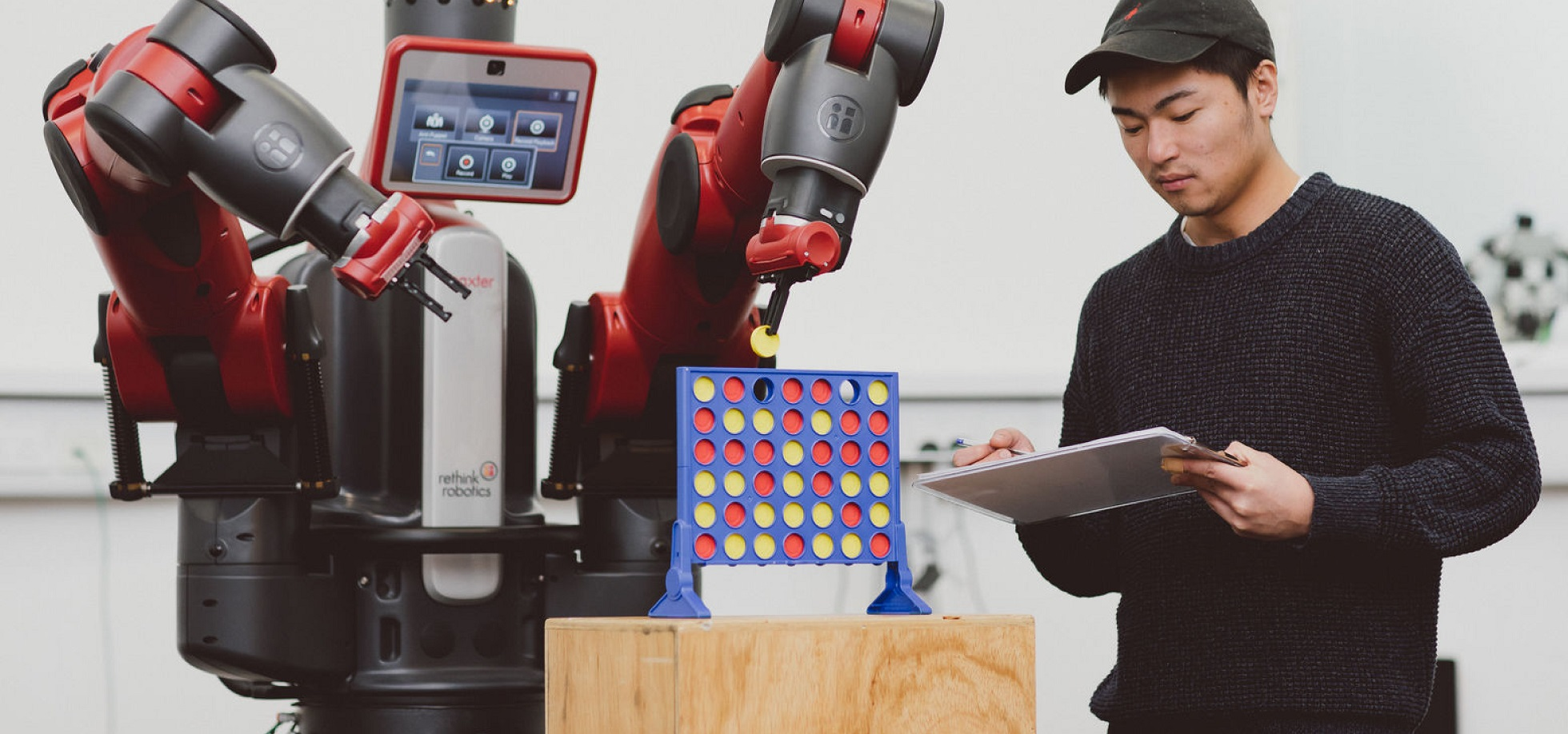
Module Description
The aim of this module is to introduce the essential hardware and low level software components of a digital computer system along with relevant theoretical concepts. The operation of these components and other concepts is further explored in weekly problem
solving classes.
Upon completion of this module, students should have a good conceptual and practical understanding of the nature and architecture of a digital computer system.
Learning Outcomes
After completing this module, students will be expected to be able to:
- Understand the nature and architecture of a digital computer.
- Interpret and manipulate binary representations of data as well conversion between binary, denary and hexadecimal notations.
- Design and understand state machines and simple logic circuits.
- Identify and explain the purpose and function of the components of a computer system.
- Explain the principles and purposes of operating systems.
Outline Syllabus
- Introduction to computer organisation and architecture & brief history of computer systems
- Radix (number base) conversion & binary arithmetic
- Binary floating-point and characters/symbols standards
- From transistors to logic circuits
- Boolean algebra & Karnaugh maps
- State machines & sequential logic
- Computer instructions and interrupts
- Memory and cache operations
- External memory and I/O modules
- Overview of operating systems and memory management
- Module Supervisor: Leila Musavian